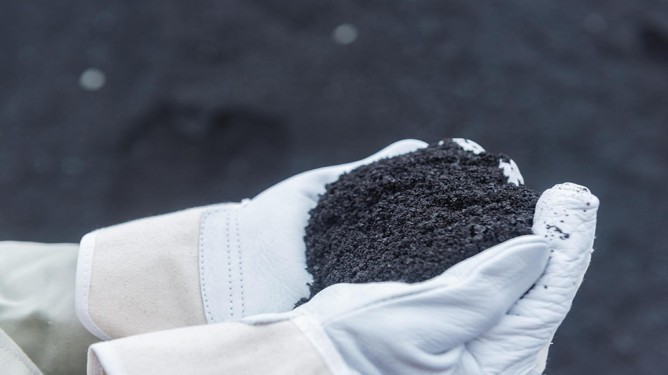What is the process and utilization of blast furnace slag and steel slag in smelting waste?
Metallurgical pollution refers to various solid wastes produced in the production process of the metallurgical industry. It mainly refers to blast furnace slag and steel slag produced in iron-making furnaces; various non-ferrous metal slag produced by non-ferrous metal smelting, such as copper slag, lead slag, zinc slag, nickel slag, etc.、

The iron and steel production process is complex, and process wastes such as dust and exhaust gas are generated in each process. For example, the metallurgical process of iron and steel will inevitably produce slag, and gas products will be produced when fuel is burned, iron ore is reduced by carbon, and molten iron is decarburized.
Over the past half century, the production, technology and environmental problems of railway enterprises have gone through pollution control; energy saving and emission reduction; cleaner production and green manufacturing; industrial ecological chain and circular economy. For a long time, people have thought that steel plants are enterprises that consume a lot of resources, consume a lot of energy, discharge a lot, waste a lot and pollute a lot.
Blast furnace slag
The output of blast furnace slag varies with the smelting technology and the grade of the ore. Blast furnace slag is a silicate material. It has stable chemical properties, and has the characteristics of anti-wear and water absorption. It can be widely used. The application of blast furnace slag is highly valued in China. Expanded slag and other major products.
1.1 Water slag
Water slag is to quench the molten blast furnace slag with water or a mixture of water and air to make it a sand-like vitreous substance. This is also the main method of treating blast furnace slag in my country. There are many specific water quenching methods, commonly used are the water quenching process of the filter tank method and the water quenching process of the stirring tank pumping method.
1.2 Slag crushed stone
Slag crushed stone is a kind of crushed stone material obtained after blast furnace slag is naturally cooled in a designated slag pit or slag field or cooled by water to form a relatively dense slag, and then undergoes crushing, screening and other processes. For this reason, the hot splash method is commonly used. In recent years, Germany, France, the United Kingdom, the United States and other countries have adopted the thin-layer multi-layer thermal spray method. This method has the advantages of easy operation and high slag density.
1.3 Expanded slag
Expanded slag is a porous lightweight slag formed by quenching blast furnace slag with water. For this purpose, it can be produced by the spray method, the sprayer groove method, and the launder method. The newer process is the production of expanded slag beads by the flow tube method invented by Canada Slag Co., Ltd., referred to as “expanded beads”.
Steel slag
Steel slag is the solid waste discharged during the steelmaking process, including converter slag, electric furnace slag, etc. The slag removal process in the steelmaking process not only affects the development of steelmaking technology, but is also closely related to the comprehensive utilization of steel slag. At present, the slag discharge treatment process in the steelmaking process can be roughly divided into the following four types: cold abandonment method, hot stone splashing process, steel slag water quenching process, and air quenching method.
2.1 Cold Abandonment
The cold disposal method is to pour the steel slag into the slag tank, and then transport it directly to the slag yard to form a slag mountain after slow cooling. In the past, this method was often used in my country.
2.2 Hot-splashing gravel crafts
The process of hot-spraying crushed stone is to use a crane to pour the liquid steel slag in the slag tank into the slag bed (or in the slag pit) in layers, and spray water at the same time to make it quenched and broken, and then transported to the slag yard.
2.3 Steel slag water quenching process
The steel slag water quenching process is the discharged high-temperature liquid slag, which is crushed by pressure water cutting, and then shrank and ruptured when it is quenched by water, and is granulated in the water curtain. The specific methods include the method of splashing water on the plate, the water flushing method in front of the furnace and the tipping tank-pool method.
2.4 Fashion method
The main advantage of the air quenching method is that 41% of the heat contained in the high-temperature slag (about 2100-2200 MJ/t) can be recovered, which avoids the problem of the slag exploding when exposed to water, and improves the operating environment. Steel slag can be air-quenched into hard spheres below 3mm, which can be directly used as fine aggregate for mortar.
So far, people have developed a variety of ways of comprehensive utilization of steel slag, mainly including metallurgy, building materials, agricultural utilization, and backfilling.
